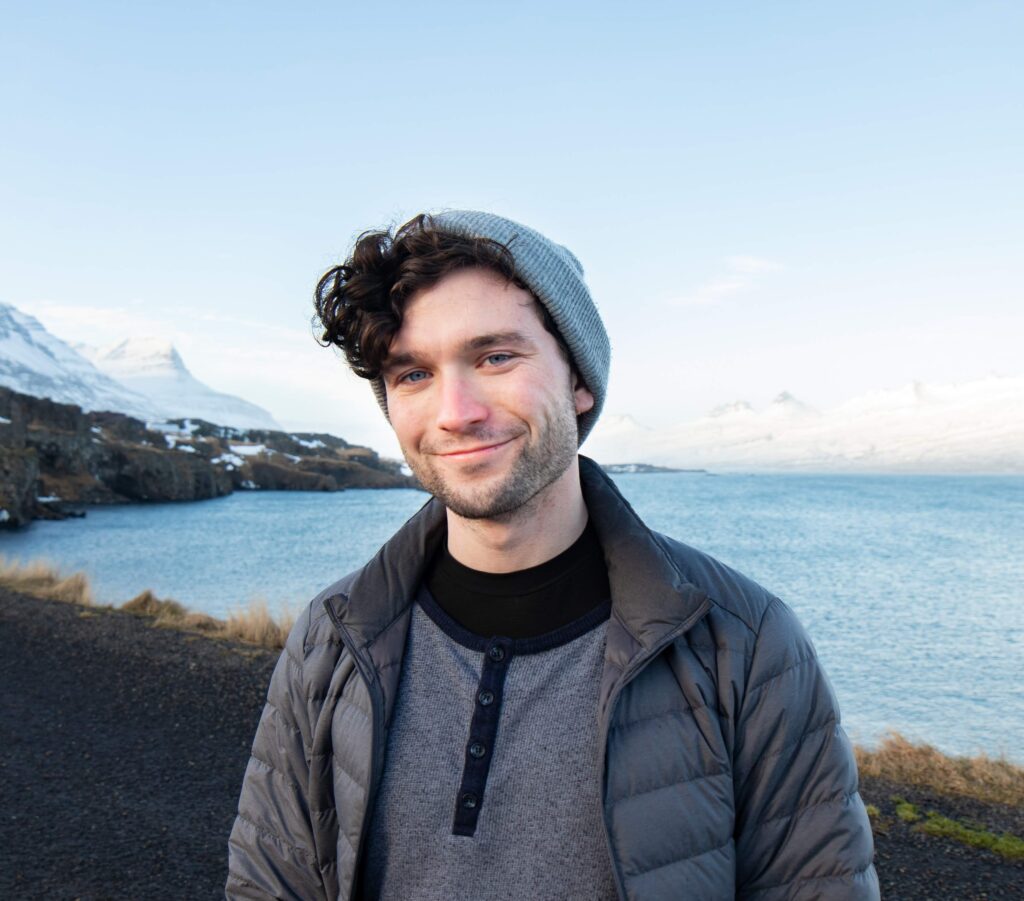
1. Can you describe your role in the SDSS collaboration and what you enjoy most about it?
I’m a postdoc working on building a new APOGEE data reduction pipeline with a team of others (ApogeeReduction.jl). I enjoy the collaborative aspect of this project and learning from the more senior members about all the aspects that go into building a spectroscopic instrument and the technical details we need to account for when reducing data.
2. Can you tell us about your educational background and how you got interested in the field of astronomy/astrophysics?
I did a Bachelor’s in Physics (Queen’s University in Canada) and then a PhD in Astronomy/Astrophysics (University of California, Santa Cruz). As a kid growing up in rural Canada, my parents took me camping a lot and I fell in love with the night sky (especially seeing meteor showers and the planets), which was later strengthened by astro-enthusiest high school physics teachers. In undergrad, I had a free spot to fill in my physics courses, so I signed up for my first astro course. At the end of the course, the professor asked if I wanted to try summer research with them (my first time doing so), which I quickly fell in love with. At the end of that summer (heading into my final year of undergrad), my supervisor suggested I think about graduate school (which I absolutely had not considered before), and the rest if history!
3. What projects are you currently working on and what are you most excited about?
For SDSS-V, I’m excited about dealing with all the systematics present in APOGEE data so we can have the cleanest-possible stellar spectra with which to measure parameters and (in particular) abundances. I ultimately hope to reopen the question of whether chemical tagging is truly still “dead” after we have a super rigorous/careful reduction of spectra. This is in line with my general research interests of Milky Way chemodynamics.
Outside of SDSS, my current most exciting work is about combining different telescopes to measure the most precise motions of distant/faint stars possible. Right now, I have a rigorous method for combining HST images and Gaia data that gives back proper motions that are order(s) of magnitude more precise than Gaia alone for the faintest magnitudes (G>19). I’m working with students on expanding this to include data from JWST and thinking ahead to incorporating data from other surveys and telescopes (e.g. Euclid, Roman, Rubin/LSST, previous ground-based surveys). This is with the goal of having extreme precision motions for the most distant and faint stars in our galaxy to pin down the kinematics of substructure in the MW stellar halo/stellar streams to understand the MW mass profile, interactions with dark matter subhalos, and the MW merger history.
At some point in the near-ish future, I hope to marry my dynamic/kinematic and chemical projects, especially relying on expertise and guidance from the SDSS MW halo group.
4. Can you describe how you balance work and personal life, and what advice would you give to someone just starting in the field?
I wouldn’t say I’m particularly good at work/life balance, especially as an early-career researcher who is trying to establish themself in the field. One way I try to be good about this is to make sure to schedule regular exercise into my schedule as well as weekend plans with friends that take my away from my laptop/internet connection (e.g. camping trips in the summer). I try to make sure that the students I work with know that I want them to take all weekends and non-working hours off to hopefully help them build a better balance than I have.
5. Can you share with us a unique hobby or interest that you have outside of work?
I love read scifi, baking (especially bread), hiking, back-packing, rock climbing, and scuba diving!
